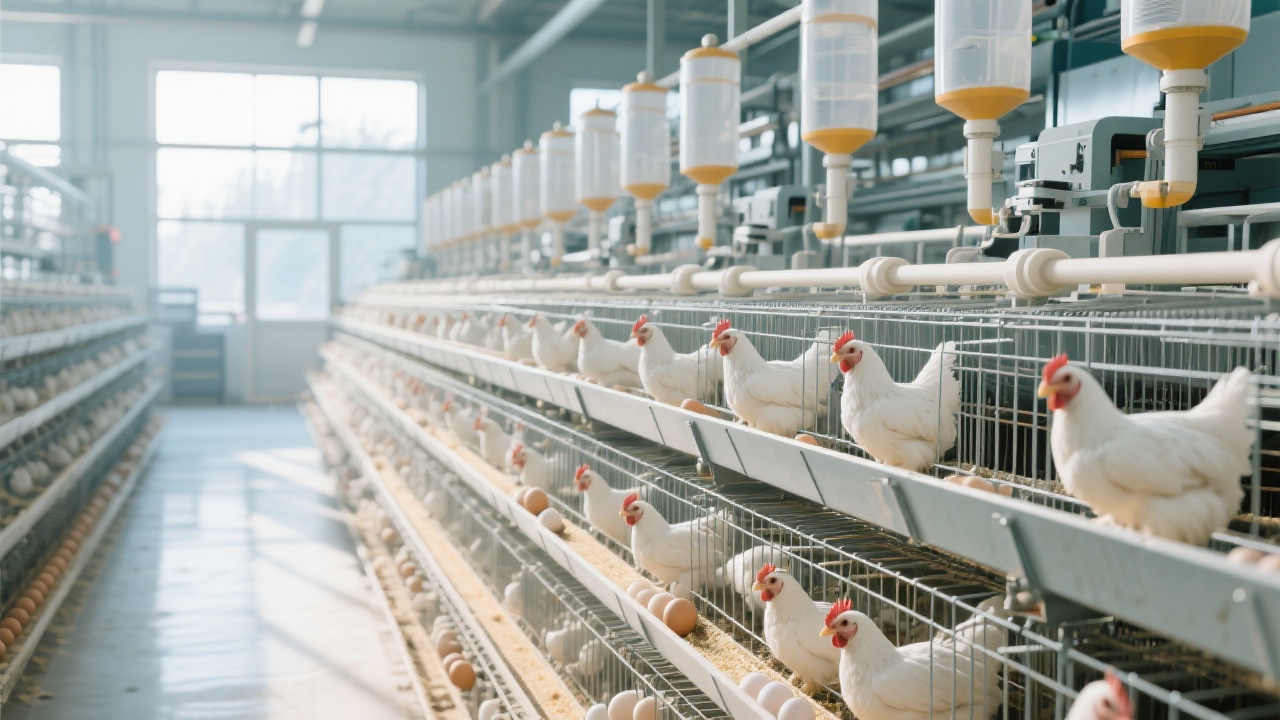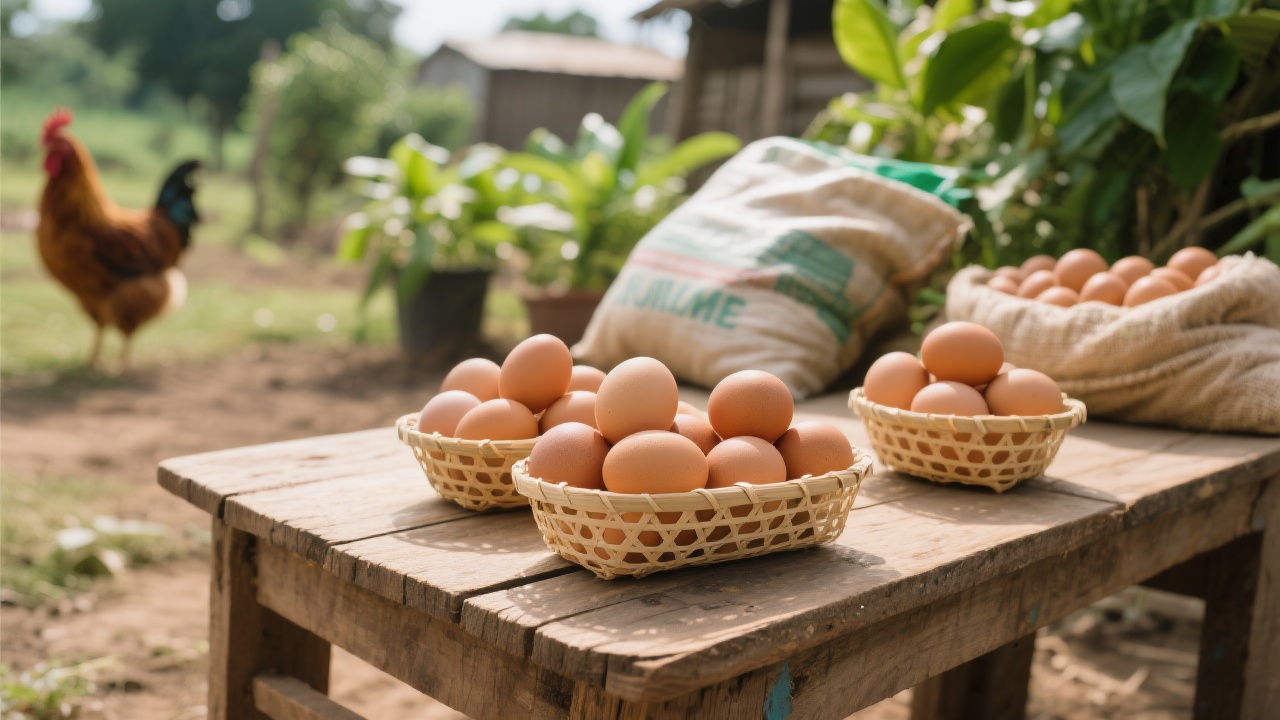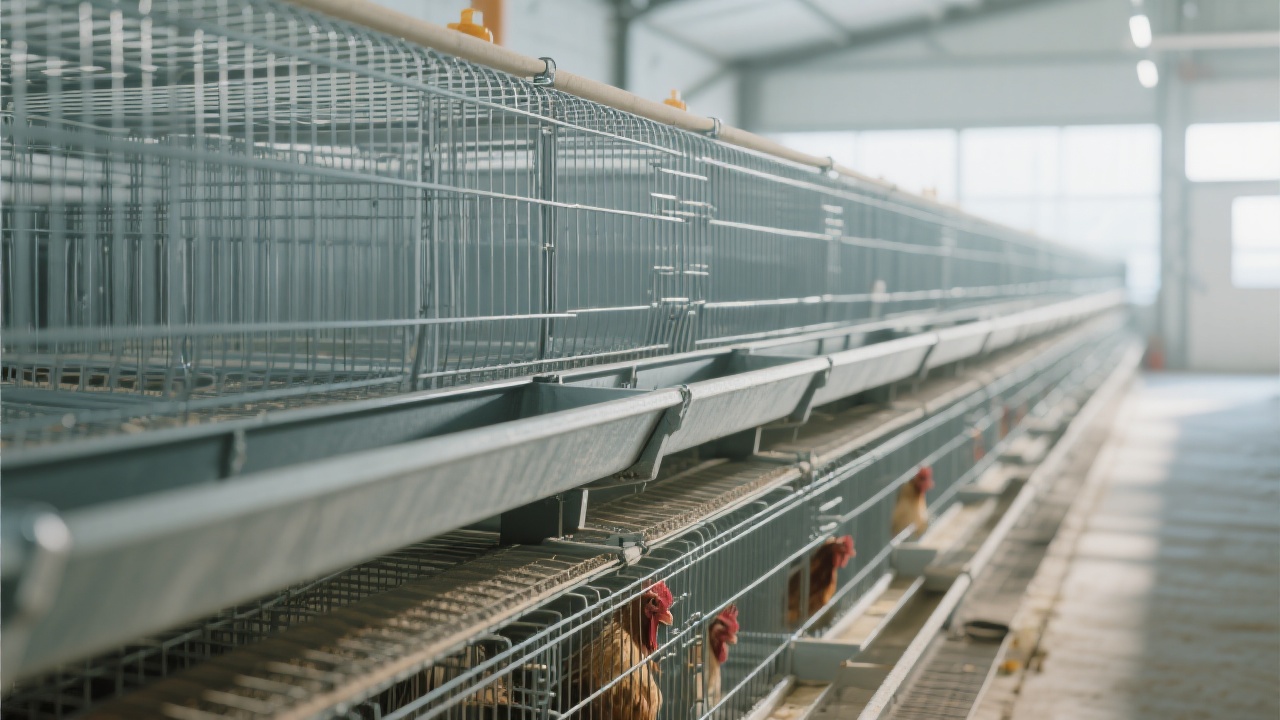
In the poultry farming industry, the lifespan of layer cages is a pivotal factor that directly influences both farming costs and operational stability. A longer - lasting layer cage can significantly reduce the frequency of equipment replacement, thereby lowering the overall investment in the long run. For instance, according to industry statistics, a well - maintained layer cage with a lifespan of 15 - 20 years can save up to 30% of the equipment procurement cost compared to cages that need to be replaced every 5 - 7 years.

Q235 steel has emerged as the preferred material for layer cages in the industry. It has excellent mechanical properties, with a yield strength of approximately 235 MPa, which meets the ISO standard for structural steel in poultry equipment. This strength allows the cages to withstand the daily activities of the hens, such as pecking, scratching, and movement, without significant deformation. Moreover, Q235 steel has good ductility and weldability, making it easy to fabricate into various cage designs, including the efficient stacked cage design that maximizes the use of space in the poultry house.
The surface anti - corrosion treatment of layer cages is crucial for extending their lifespan. Two common methods are hot - dip galvanizing and aluminum - zinc alloy coatings.
Hot - dip galvanizing involves immersing the steel cage in molten zinc. The zinc forms a protective layer on the steel surface, which acts as a sacrificial anode to prevent the steel from rusting. This method can provide a lifespan of 10 - 15 years under normal poultry house conditions. On the other hand, aluminum - zinc alloy coatings offer enhanced corrosion resistance. The alloy combines the corrosion - resistant properties of aluminum and zinc, and in some cases, it can extend the cage's lifespan to 15 - 20 years.
| Anti - Corrosion Method | Principle | Measured Lifespan |
|---|---|---|
| Hot - dip Galvanizing | Zinc as a sacrificial anode | 10 - 15 years |
| Aluminum - Zinc Alloy Coating | Combined corrosion - resistant properties of Al and Zn | 15 - 20 years |

Regular maintenance is essential for ensuring the long - term performance of layer cages. For connectors, it is recommended to conduct a visual inspection at least once a month. Check for any signs of looseness, corrosion, or damage. If any issues are found, they should be repaired or replaced immediately.
Drainage troughs in the poultry house should be cleaned every two weeks. Accumulated feces, feed, and water in the troughs can lead to corrosion of the cage structure. Use a mild detergent and a brush to clean the troughs thoroughly, and ensure proper drainage to prevent waterlogging.
A large - scale poultry farm in [Location] selected layer cages made of Q235 steel with aluminum - zinc alloy coatings. By strictly following a maintenance schedule, including regular connector inspections and drainage trough cleaning, they were able to extend the service life of their layer cages to 20 years. This not only reduced their equipment replacement costs but also improved the overall efficiency of the farm.

Your layer cages may be approaching the end of their lifespan without you realizing it. Is your chicken cage already in the aging warning period? Don't let premature cage replacement affect your farming efficiency and profits. Welcome to consult Livi Machinery's technical team for a personalized equipment lifespan assessment plan.

